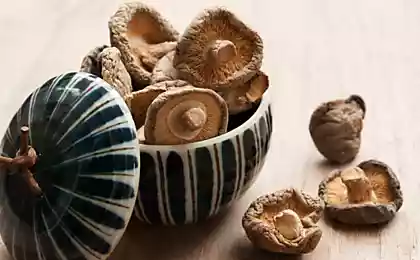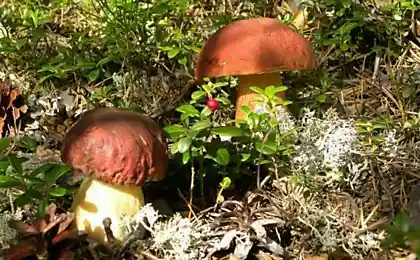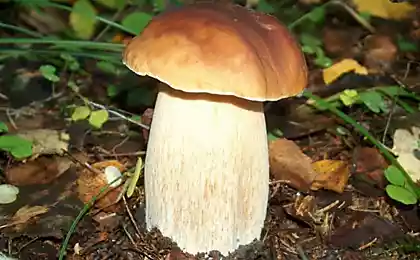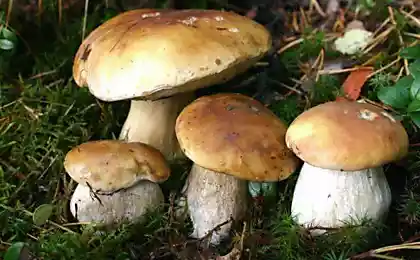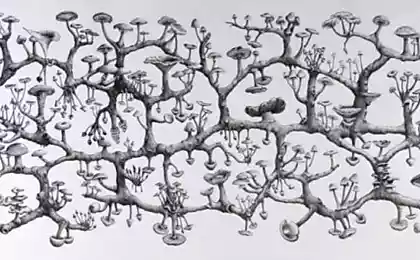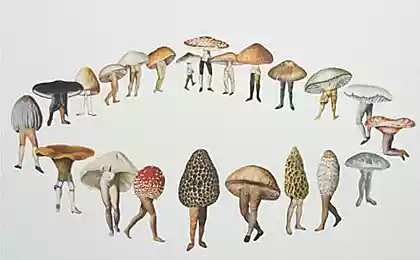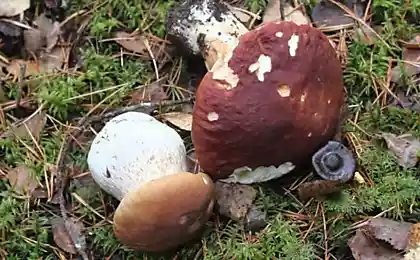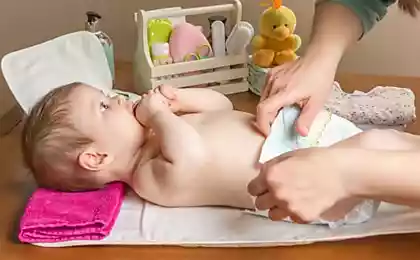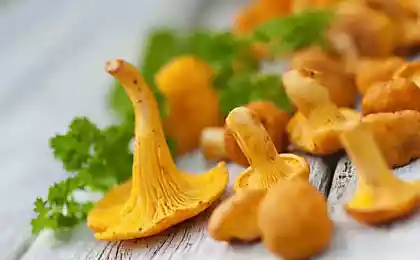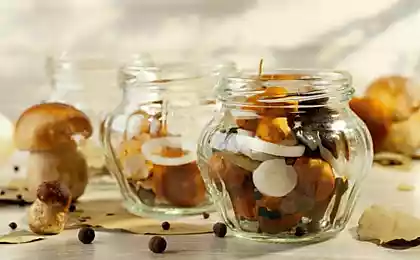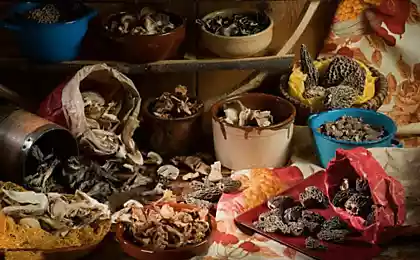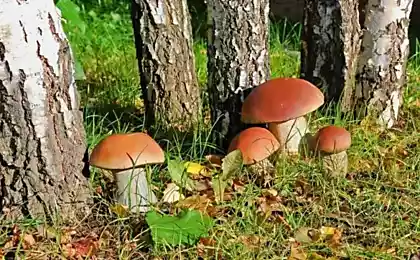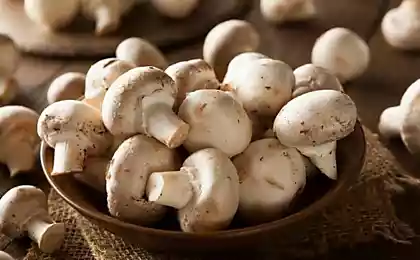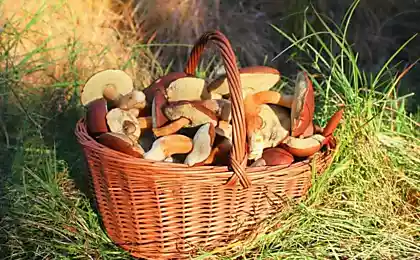599
Scientists have developed a technology of growing mushrooms on used disposable diapers

In recent years, environmentalists are sounding the alarm: used disposable diapers have become a great danger to the environment. According to the Agency for environmental protection (EPA), each child within 2 – 3 years is an average of 8 thousand diapers, which then find themselves in landfills where they decompose for several centuries. In order to solve the problem of disposing of disposable diapers scientists from the Autonomous Metropolitan University in Mexico city has developed a technology that uses diapers are the basis for growing mushrooms.
Scientists used diapers containing liquid waste. They are first sterilized in an autoclave, then ground and mixed with lignin-containing material, grape pomace, coffee grounds and bits of pineapple. This composite mixture used as substrate for mushrooms.

Spores grown on wheat or sorghum, are laid out on the substrate in a plastic bag and placed for two to three weeks in a dark place with controlled humidity and temperature. Scientists have discovered that within 2.5 – 3 months the weight and volume of the crushed diapers are reduced by 80 percent, due to the active decomposition of cellulose by microorganisms of diapers.
In addition to cellulose nappies contain biodegradable materials – polyethylene, polypropylene and super absorbent gel (sodium polyacrylate). However, it was found that shredded plastic is a great aerator for the growth of mushrooms, and a gel that absorbs the liquid, can be used in soils with low vegetarianism.
Of course, the mushrooms grown on used disposable diapers, hardly anyone will dare to try, although scientists claim that diapers are completely sterile, and the analysis of the mushroom showed that protein, fat, vitamins and minerals the same as that of commercially grown mushrooms. But the researchers do not intend to use the mushrooms as a food for humans since their main aim is to reduce the amount of used diapers in landfills. However, mushroom can produce food additives for cattle, and the remaining shredded plastic can be recycled for reuse.
Source: www.ozemle.net
